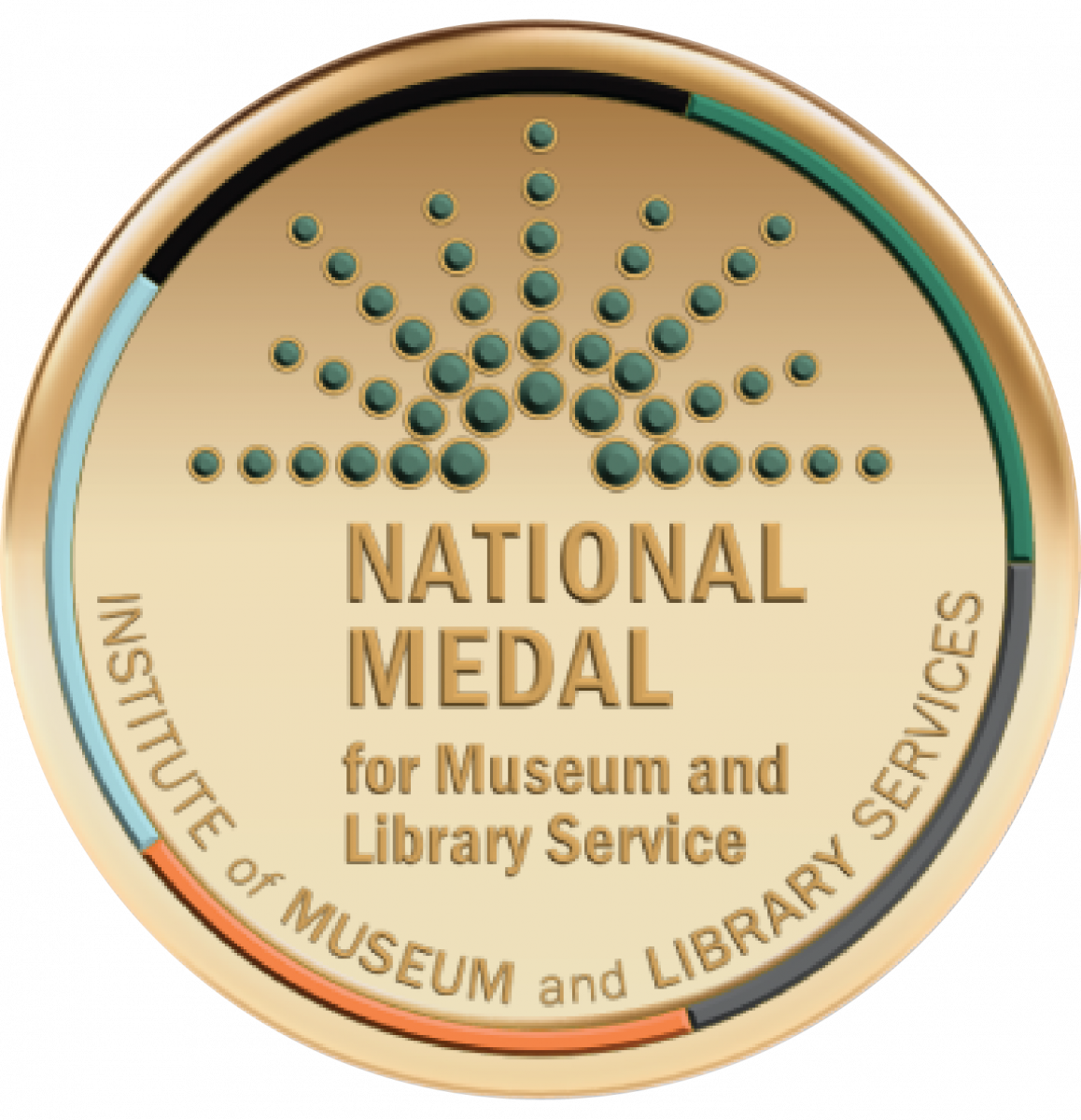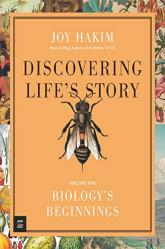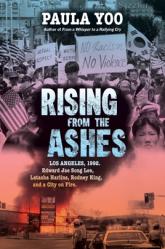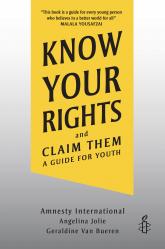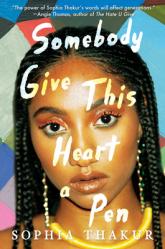The Black Friend, by Fredrick Joseph is kind of like an autobiography of himself and targeted towards non-colored people. The book is about racism and how “white people” can be better about it. The book has 262 pages, which I personally liked since I don’t really like books with too many pages. The boo. Covers many different topics about racism, which I can not list due to spoilers and Fredrick Joseph also interviews people and talks about their experiences as well and what those experiences have to do with racism. Some ideas that the book covers are cultural appropriation, color blindness (as in people saying that they don’t see color), white privilege, racist stereotypes, and much more (including the educational system). Now, I’ve mention the educational system because the author (Fredrick Joseph) included tons of very interesting stories that were school related. “He explained how much of his stories showed the impact of “white privilege”. Many of the times he’s not alone in his stories and he doesn’t just talk about his own experiences. He also talks about the things that some of his friends (or just anyone else that he new) of other races experienced. Overall, I’d say that The Black Friend is a great book for anyone, not just non colored people.

The Black Friend: On Being a Better White Person
About This Book
“We don’t see color.” “I didn’t know Black people liked Star Wars!” “What hood are you from?” For Frederick Joseph, life in a mostly white high school as a smart and increasingly popular transfer student was full of wince-worthy moments that he often simply let go. As he grew older, however, he saw these as missed opportunities not only to stand up for himself, but to spread awareness to the white friends and acquaintances who didn’t see the negative impact they were having and who would change if they knew how.
Speaking directly to the reader, The Black Friend calls up race-related anecdotes from the author’s past, weaving in his thoughts on why they were hurtful and how he might handle things differently now. Each chapter includes the voice of at least one artist or activist, including Tarell Alvin McCraney, screenwriter of Moonlight; April Reign, creator of #OscarsSoWhite; Angie Thomas, author of The Hate U Give; and eleven others. Touching on everything from cultural appropriation to power dynamics, “reverse racism” to white privilege, microaggressions to the tragic results of overt racism, this book serves as conversation starter, tool kit, and invaluable window into the life of a former “token Black kid” who now presents himself as the friend many of us need. Back matter includes an encyclopedia of racism, providing details on relevant historical events, terminology, and more.
Reviews
Anonymous
The Black Friend, by Fredrick Joseph is kind of like an autobiography
Anonymous
The Black Friend: On Being a Better White Person By Frederick Joseph
The Black Friend: On Being a Better White Person by Frederick Joseph is a non-fiction/guide/auto-biography which is written from Joseph's own experiences of racism in his life and how people, mainly white people, who this book is targeted towards, on how to be less racist and more woke. While it is a non-fiction book, it is possible to just flip to any section of the book and start reading from there and while it is mainly targeted towards white people, any person of any race should give it a read. I would give this book a 5 out of 5 stars. While no book is perfect and has minor flaws (like this book), there are no major, outstanding flaws that make this book bad. This book is written in such a way that every ethnicity or age will be able to understand, with modern and casual language, instead of confusing poems or hard to understand books. This is a book that everybody should read in their life to become more woke. Frederick Joseph has truly created a book that is an anti-racism guide.
Anonymous
'The Black Friend: On Being a Better White Person' by Frederick Joseph
microaggressive behavior towards racial minorities. The author, Frederick Joseph, shares his past experiences with certain common behaviors, like rude passing comments and ignorant assumptions. This use of first person narrativization helps non-black readers understand why saying or doing certain things could be offensive. The guide offers a simplified encyclopedia, defining terms used in academic discussion of race-relations. This is to support those new to the anti-racist cause and help them learn how to be better. It also makes those less involved with activism comfortable in pursuing more information because of the accessibility. The book often references different songs and movies that Joseph (and other narrators throughout the guidebook) associated with the childhood experiences he recounts. This is used both as a way to build his narrative in a more distinct/personalized way, as well as introducing influential black cultural media to non-black readers. Joseph highlights modern black voices in his guidebook, as well, including interviews with people like Tarell Alvin McCraney, a black actor and playwright, Jamia Burley, a social activist, and Joel Leon, a rapper and poet, just to name a few. There are many interviews in this book, and Frederick organizes their stories to reflect different perspectives and anecdotes relating to each chapter’s overall moral or topic. This creates a literary mosaic of black ideas about race and culture. Joseph and many of the interviewees use humor as a way to explore their own experiences, making this not just a retelling of black suffering but a way for the contributors to take the narrative in their own hands and tell it in whichever way is most comfortable for them.
